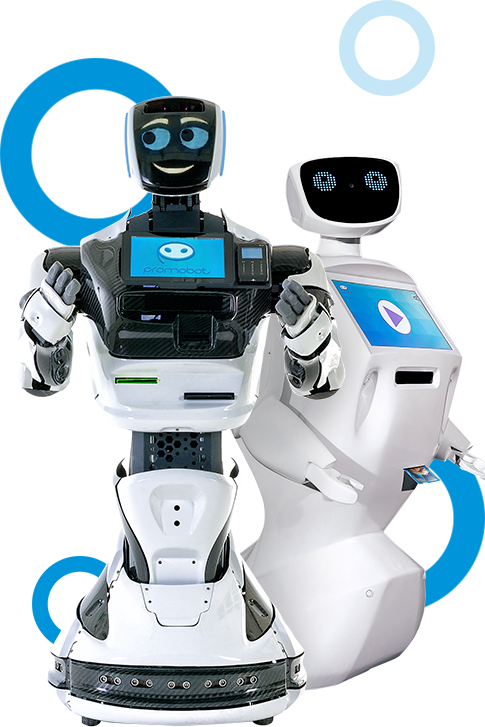Specialists of the Robo-C Project, who designed the Robo-C humanoid robot, know the answer to this question.
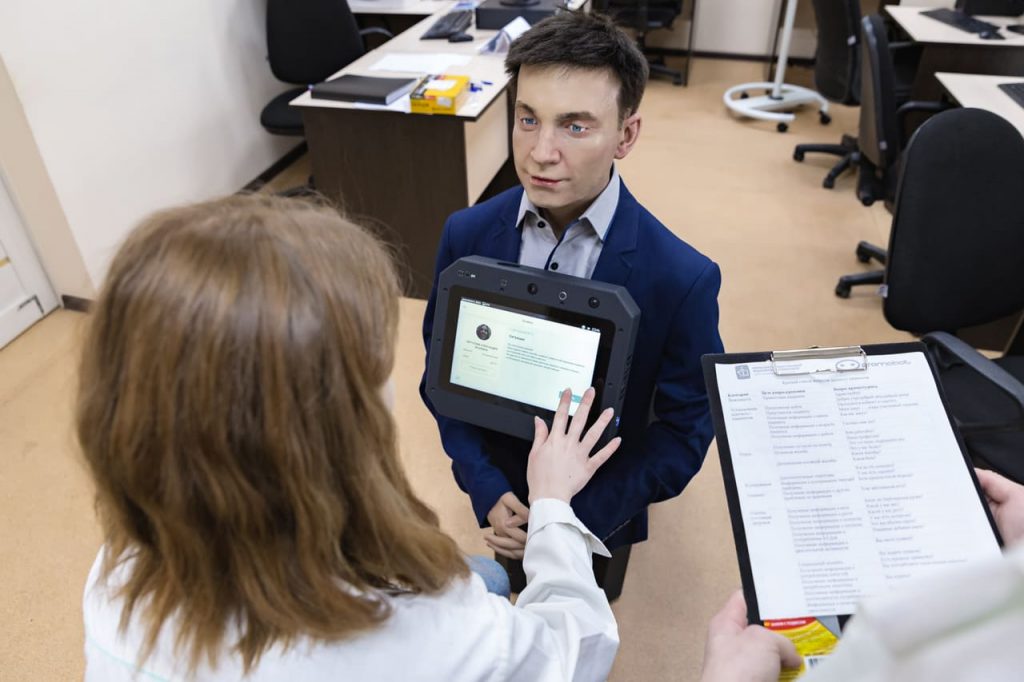
In 2019, the production of the world’s first robot companion, which not only mimics the appearance of a person but is also able to integrate into business processes, began.
The robot copies a person’s appearance and emotions: moves its eyes, eyebrows, lips and other “muscles”, as well as maintain a conversation and answer questions.
Robo-C uses its own technology and a patented design enabling it to reproduce more than 600 variants of a person’s micro-facial expressions, which allows to simulate its emotions as realistically as possible.
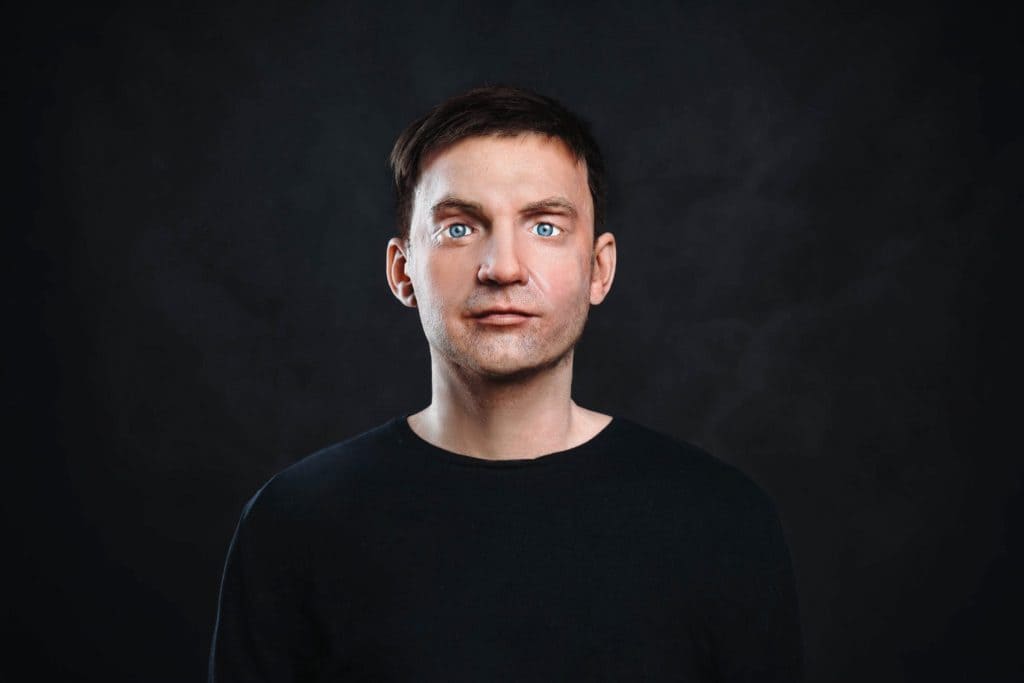
The developers aim to make it realistic, and this is achieved by 3D modeling, creation of a metal frame, polymer artificial leather, its processing, hair, eyebrows, eyelashes, and eyes manufacturing.
To produce a copy, specialists record different facial expressions of a person, then process this data on a computer, create a 3D model, and print.

The skin for the robot is created from silicone. Many specialists are involved in such an important process: silicone is poured into special molds in the form of a human bust – with a head, shoulders and, most importantly, an empty space. The inner part, where the substance will be poured, is also initially treated with silicone, then a microrelief is manually created and tinted to make the lips and veins stand out more in color. After that, the form is closed with special embedded parts with a lid and the holes are poured with a new layer of silicone. The liquid material fills the voids, after which it cools down, becoming artificial skin.
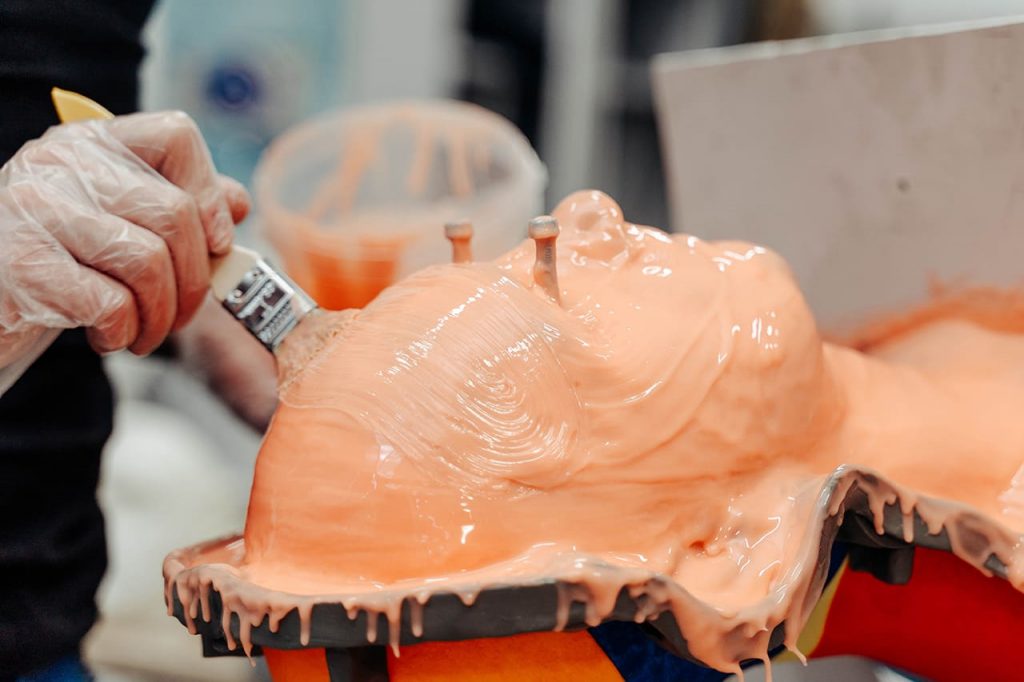
The final stage in the production of human-like skin is artistic refinement – specialists work out small wrinkles, pores, blue tits, and paint eyelashes and pigmentation.
The eyes for Robo-C are made of plastic, painted, and processed manually.
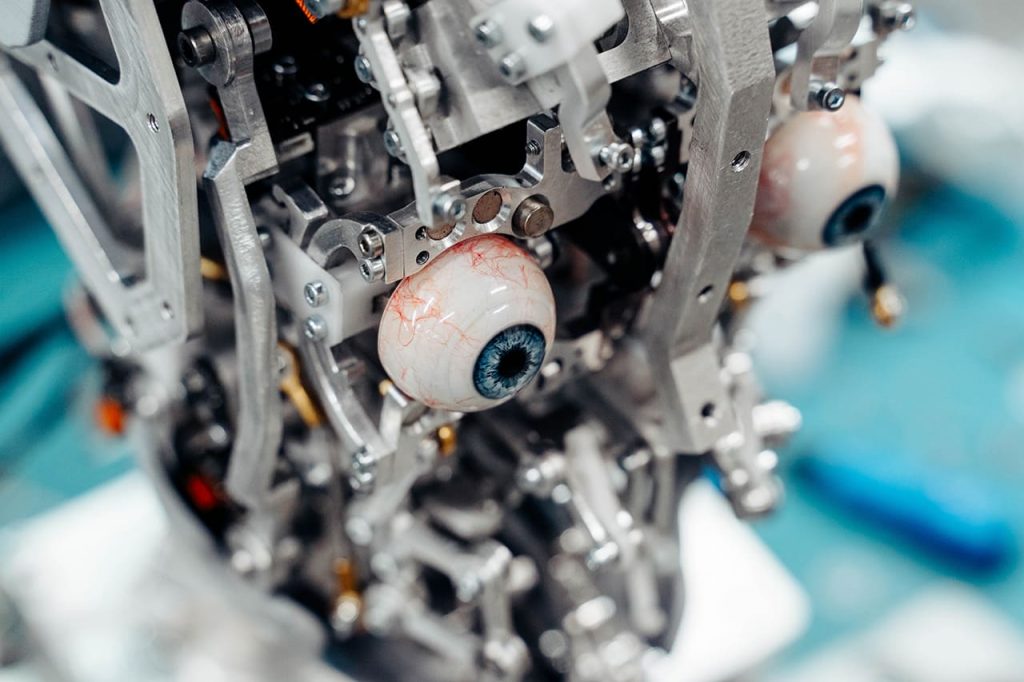
Attachment of the hair of eyelashes and eyebrows is a delicate and time-consuming process. The hair is inserted one by one into the artificial skin with very thin beading needles on special handles. It takes about a month to attach all the necessary hair to one head. All this requires a lot of time, perseverance, and good vision.
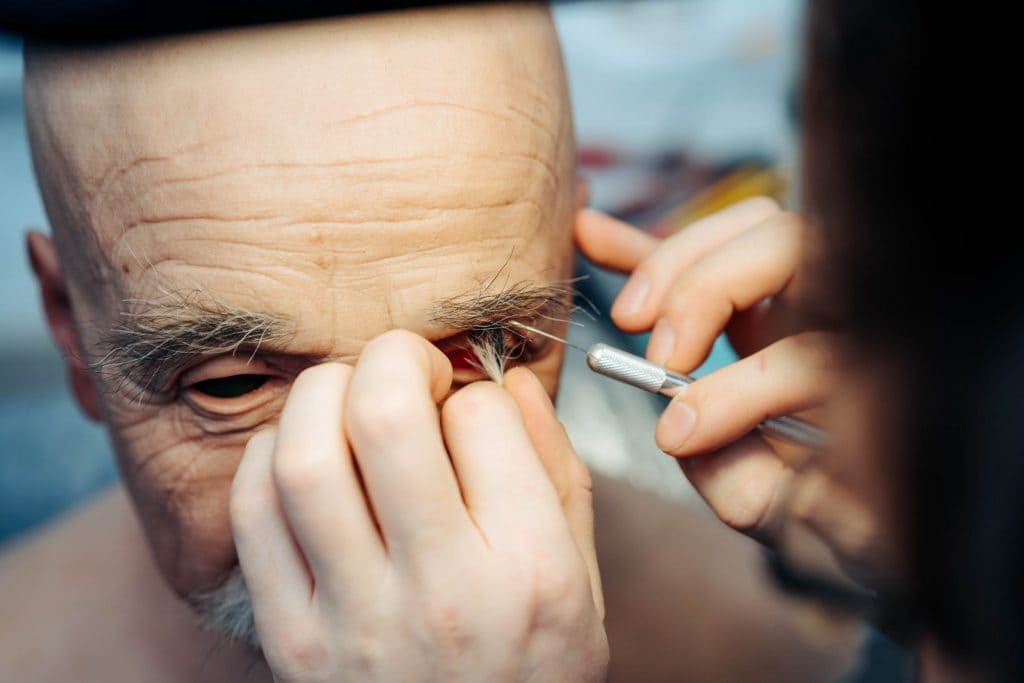
Alexey Yuzhakov, the author of the Robo-C Project: “Now everyone can order a robot with any appearance — for professional or personal use. Thus, we are opening up a huge market in service, education, and entertainment. Imagine that an exact copy of Michael Jordan sells basketball uniforms, and Scott Fitzgerald reads his own poems in a museum? We can build a linguistic model based on popular phrases of a particular person — the robot will communicate and answer questions using frequent expressions of the “original”, using a certain context of this person’s knowledge”

